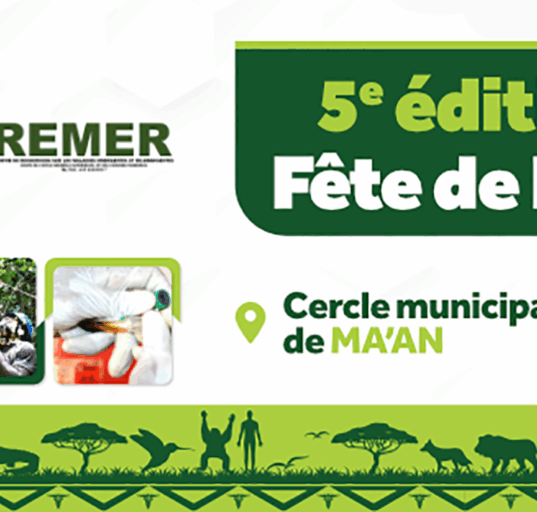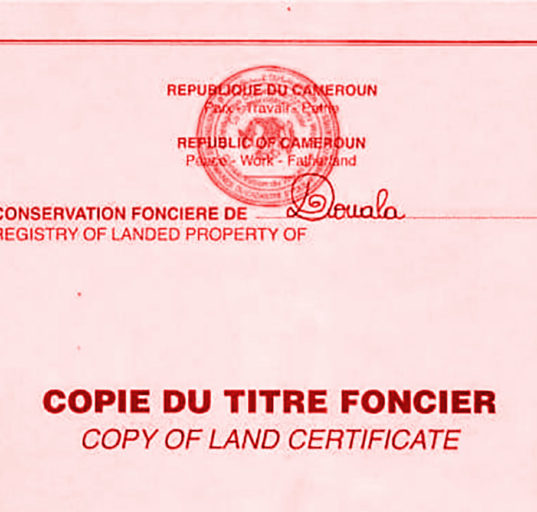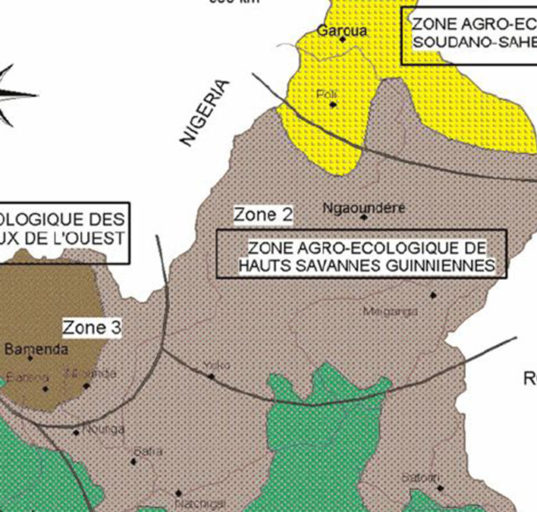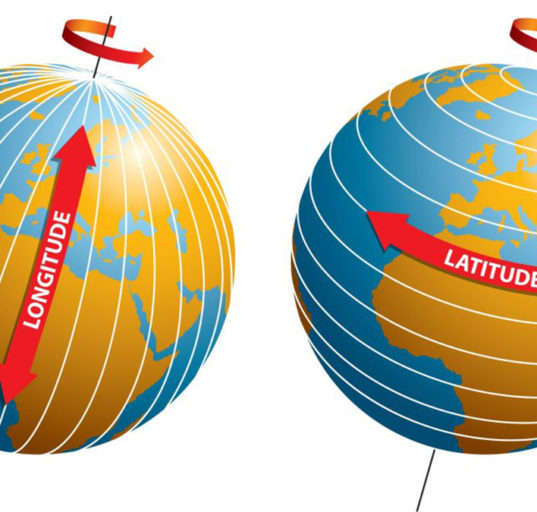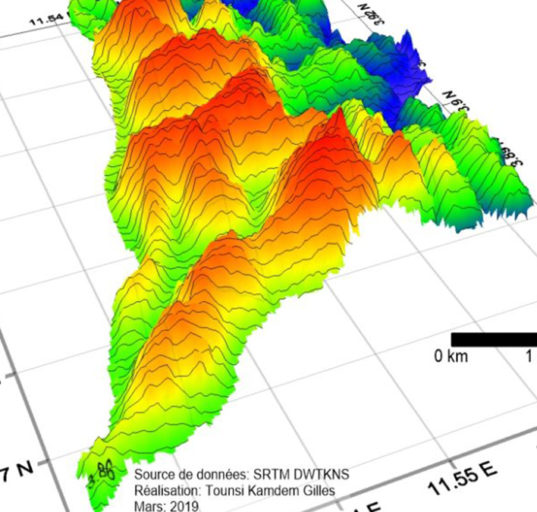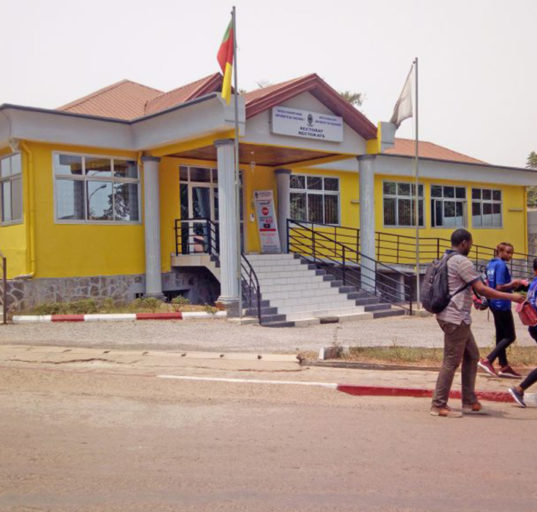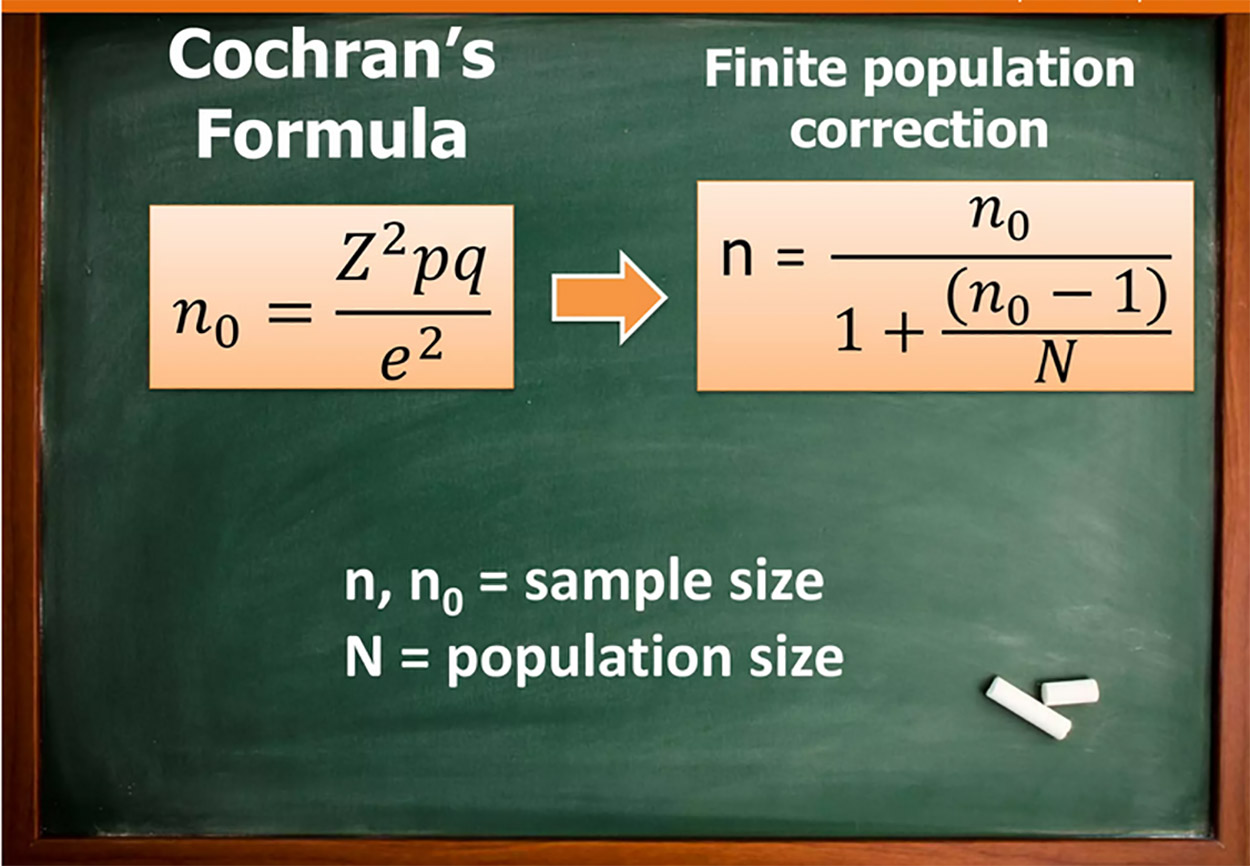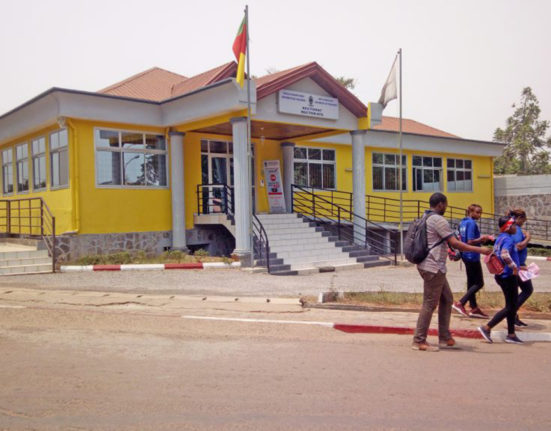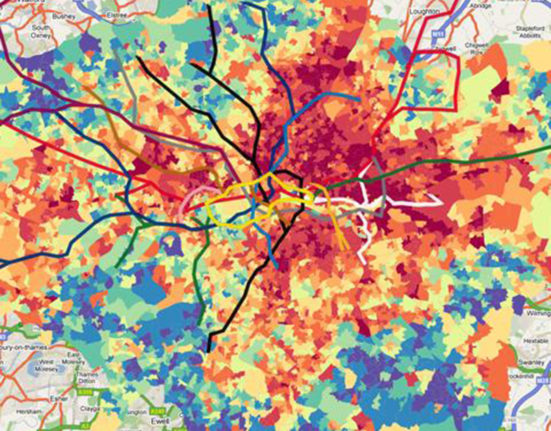Using published tables for sampling
We can enumarate four strategies for calculating sampling size: Census for small populations, sample size for similar study, published tables and formulas to calculate a sample size.
According to Williamson (2002), a sample is a selection of elements from the total population to be studied. A sample is any part of the population, whether it is representative or not. (A sample is usually drawn because it is less costly and less time consuming to survey than the population, or it may be impractical or
impossible to survey the population as a whole.). The author also give this definition for an element which is an individual member or unit of a population. Each academic librarian would be an element of the population of academic librarians. Especially where a researcher focusses on an individual element, the term ‘case’ may be used.
The quantitative research find its purpose in sample size than qualitative research. Therefore it is useful to use one the strategies to determine the size of population to querying. Litterature can reveal authors with practical formular for population that are large, Cochran gives a straight equation (to yield) about how to calculate sample size from a given population.
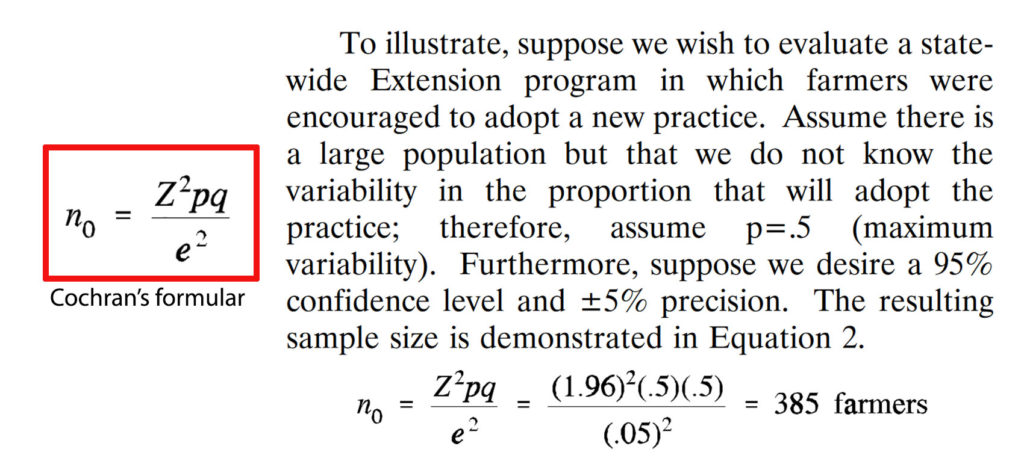
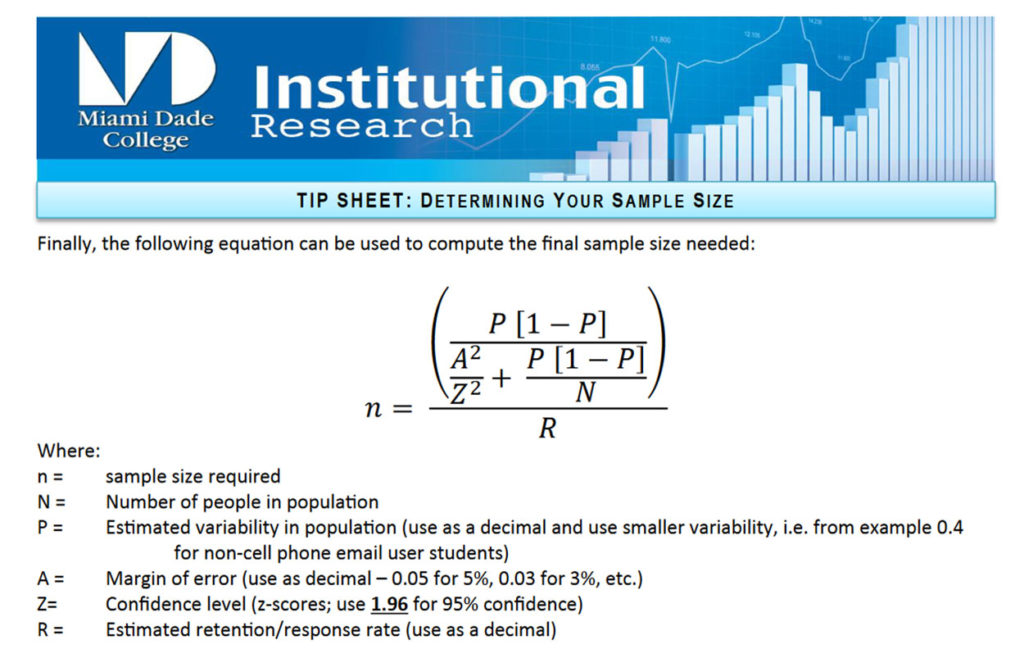
Glenn (1992) stated three sample size criterias : the level of precision, the confidence level and degree of variability. Published table are straigthful strategies to do the job of sampling. Its should noted two things according to Glenn, first these sample sizes reflect the number of obtained responses, and not necessarily the number of surveys mailed or interviews planned (this number is often increased to compensate for nonresponse). Second, the sample sizes in Table 2 presume that the attributes being measured are distributed normally or nearly so. If this assumption cannot be met, then the entire population may need to be surveyed.
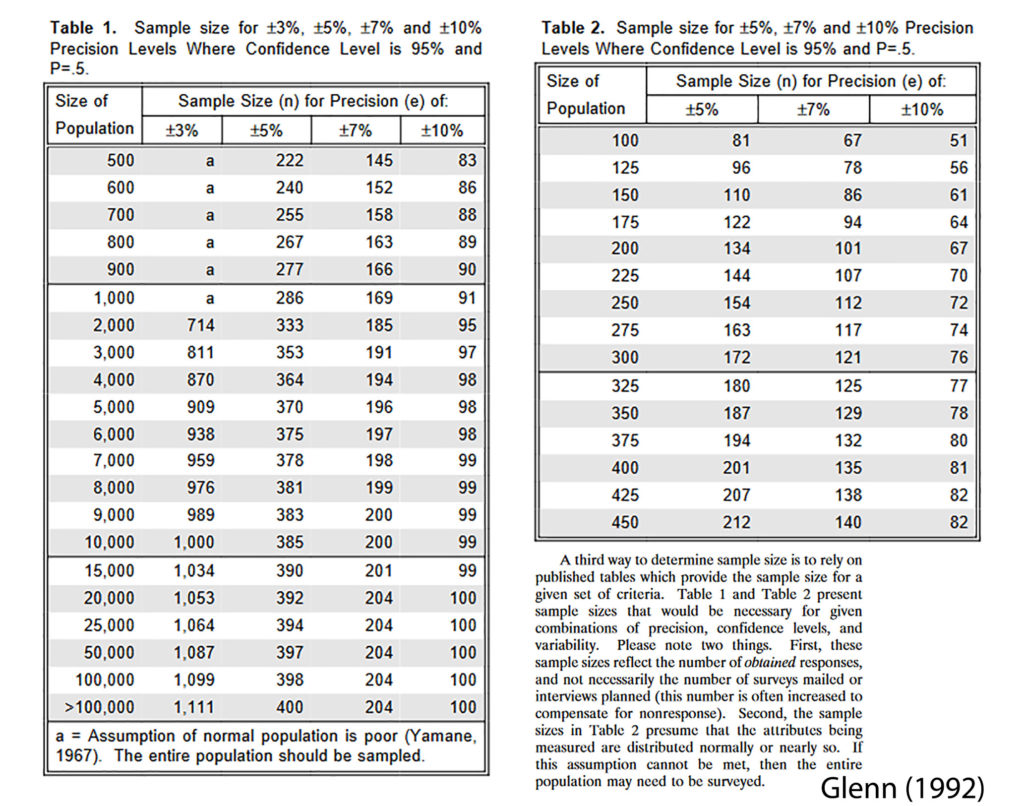
References
- Cochran, WG. (1963). Sampling Techniques, 2nd Ed., New York: John Wiley and Sons, Inc
- Israel, Glenn D. (1992).Sampling the Evidence of Extension Program Impact. Program Evaluation and Organizational Development, IFAS, University of Florida.
- Krejcie, R. V., & Morgan, D. W. (1970). Determining sample size for research activities. Educational and Psychological Measurement, 30, 607-610.
- Williamson, K. (2002). Research methods for students, academics and professionals: Information management and systems (2nd ed.). Wagga Wagga, NSW: Centre for Information Studies, Charles Sturt University.
- Yamane, T. (1967). Statistics, An Introductory Analysis, 2nd Ed., New York: Harper and Row



